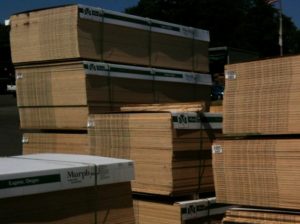
As an engineered material there are known steps that have to be done to create the final product. These steps won’t vary much from one manufacturer to another to produce the same product. Costs can be lowered when steps are eliminated; therefore, be wary of any new supplier that can suddenly dramatically under cut the price you have been paying for plywood. This cost savings is a direct result of something being left out of the product process.
Plywood Grade Pertains to Face Veneer
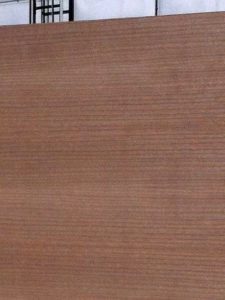
The HPVA (Hardwood Plywood Veneer Association) grading system classifies hardwood plywood with a letter and number designation that will tell you the quality of the front and back face. A-1 plywood is the top quality and the grading rules stipulate what defects and/or patches are allowed to meet an A face and a 1 back face. The number faces will always be just a little under the letter faces so you could also think of a 1 face as something like an A- face. As you move down through the grades, B, C, 2, 3, 4 each face is allowed more defects.
The letter and number system allow the user to pick the right combination for their project. If you are applying wall panels you can save money by buying a sheet that has one great face and a lower quality back since that will never be seen. A-4 is common in this instance. However, this grading system refers only to the face and says nothing about the core nor about how the face is put together. This is where it starts to get sticky.
Making a Fir core, Poplar core, MDF core, or Combination core all requires different materials and processes. Book matching, sequential matching, center book match, quartersawn, or rotary cut all produce different looks and will be used in different circumstances. You could have 1 panel of each of the above options and they may all be labelled at B-2 sheets but will be dramatically different in appearance and price. The added time and material loss when center book matching a face veneer obviously results in a higher product cost. Additionally, some manufacturers will go above and beyond to color and grain match their face veneers but the grade is not changed to reflect that. In essence it is very easy to buy above the grade.
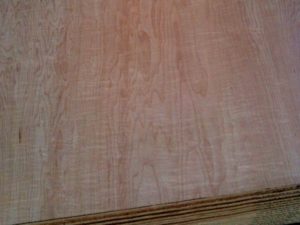
Plywood Grading Gets You Halfway There
So if by now you are confused as to what you are buying then rest easy because this confusion is at the heart of the plywood market and you are not alone. If you have found a sheet of plywood that meets your standards for your specific job, make a special note of the price. Certainly one will find price variations from supplier to supplier based upon whether they buy direct and their own profit margins, but dramatic changes in price should raise a red flag that you might not be getting the same quality sheet that you need. All A-1 sheets are not created equal.
When you are ready to buy plywood be prepared to answer questions about how you will use the product and recognize that your supplier is only trying to hone in on the best product for you. If your supplier doesn’t ask you questions then you might think about finding a new supplier…unless you are the gambling type.


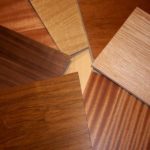
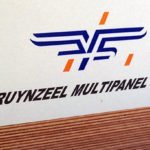
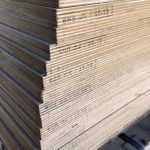
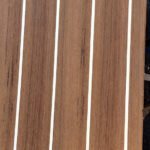
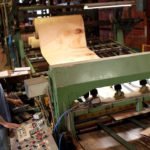


Leave a Reply